AN APPROACH TO AIR TRAFFIC MANAGEMENT
What we normally call the delay of an airplane, may be very less counted in national level air congestion problems but strikes heavily if it comes on internationally connected traffic congestion. We cannot neglect the scenario of world aviation being affected by one runway getting blocked. So what is making us drowned in the sector of aviation because on the one side San Diego airport which has single runway-use operates 465 scheduled flights carrying 48,000 passengers each day whereby Nepal undertakes 25-40 and that also gets blocked by a small injury aside of the runway. May be this is the reason we are not able to get ourselves establish as a transit section or a business hub for our land-locked country eventually making huge loss in economy.
A new approach for a multi-level modular airport has just been taken into second round by AIRBUS called AIRBUS-Fly Your Ideas 2015, a worldwide student competition, which opens every 2 years. Currently me alongwith Saleen Bhattarai, Kushal Raj Poudel, Midhan Siwakoti, Shailendra Rana, final year students from Pulchowk Campus alongwith the mentorship of Asst. Prof. Sudip Bhattarai, have just finalized our design of a conceptual airport which shall be in eyes of general public and every aviation authorities after middle of April, after AIRBUS officially releases the video of the idea. The idea of the project being “An approach to future air-traffic management through a conservative design for a multilevel modular airport”, is an approach to solve the traffic congestion problem and the problem in airport accommodation in future. The idea not only saves the future expansion problems in the world for extra airports but also has the exponential savings in delay time. Getting to the second round has become an achievement for us, yet the finals could be stepping stone further. We hope this will boost up my fellows brothers and sisters in taking part in this competition in upcoming years.
Fig: A design of the airport by Team Buddha- Fly Your Ideas 2015
Now that recently one runway made all the international delays and huge economy loss, every public as well as the aviation authorities in Nepal seem to be blaming the government for just having one single international airport. Many authorities donot seem to be concerned that more than number of airports, the problem lies in the airport management system. The problem here is not only focused to the strike in aviation being brought out by the Turkish Airlines in Nepal in recent days but to every national accidents in the country eventually delaying the flights across the borders. One accident in Nepal caused worldwide aviation sector to re-schedule its normal schedule. Many solutions add up to the situations like this but if only our government could give more time for precautions than after-the-effect solutions. It’s not only because of a single runway which we are having because there are enormous examples of such accidents being occurred but have not taken more than few hours to restart the runway for flights.
There are many state-of-the-art technologies,on which government can start working out, taking not more than a year or a two to implement few of the terms and accessories not to let this kind of breathtaking incident happen in future. The very first implementation is definitely having sufficient Ground Support Equipment (GSE) as for example the Aircraft Recovery Kit deficiency, which affected millions of dollars loss in Nepalese aviation. Qatar airways owns a complete aircraft recovery kit capable of recovering world’s largest passenger aircraft Airbus-A380 to anywhere in the world from accident site, costing US$ 3.2 million, which definitely seems quite worthy than having the international gateway blocked from a small accident along with millions of money being wasted. The Container loaders (used for loading and unloading of containers and pallets into and out of the aircrafts), which are manual in case of Nepal saving around half an hour for a flight, eventually saving time and money.
Fig: A full set of Airport Recovery Kit at Qatar International Airport (Source:www.arabianaerospace.aero
A single runway for international flights is not so troublesome or hindrance to the flights but the air-traffic management here seems to lack a bit of procedure for arranging the flights. Recently London Gatwick Airport implemented the Amadeus’ cloud based Airport Collaborative Decision Making Portal (A-CDM) to improve collaborative decision making process bringing out the entire airport eco-system process( airport operators, airlines, ground handlers and air traffic management) to operate more efficiently and more accurately and more than that timely. The system can predict future delays of up to 3-4 hours of future operation and thus taking step to reduce it from the earliest. It has increased its flight frequency to 55 flights per hour by implementation of A-CDM system. And it is not a far-fetched system to implement in Tribhuvan International Airport (TIA).
Fig: Airport CDM technology operation and network of controls (Source: www.euro-cdm.org)
Instrumental Landing System on the other hand is a ground based instrument approach which provides both vertical and horizontal guidance to the airplane using a combination of radio-signals and high intensity rays, not only making safe landing during extreme weather conditions as what happened to the Turkish incident as reported, but also increases the number of flights per hour as it increases the air-traffic congestion to minimum with effective routing.
These technologies will always become a material of study for the students like us in Nepal if it’s not implemented soon. These are the technologies which are serving many benefits to many countries which will definitely boost up the very conventional form of flight management system in Nepal. There’s no way the Nepalese aviation can set their eye away from these technologies. If that’s so, then why not now!
Article By: SanjivPaudel

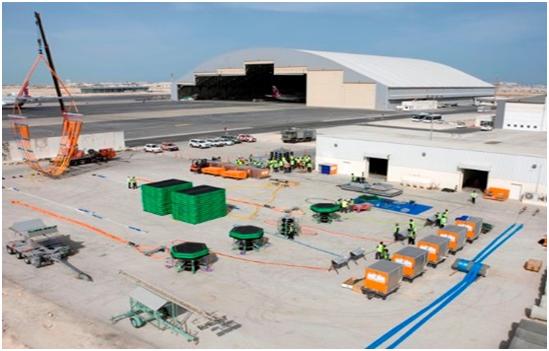


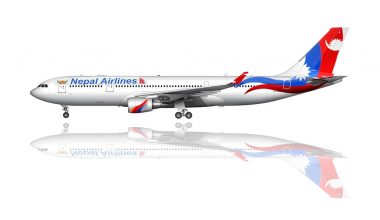

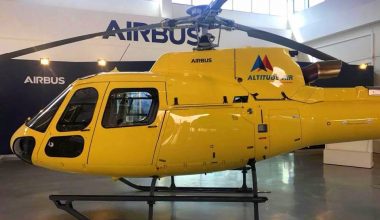
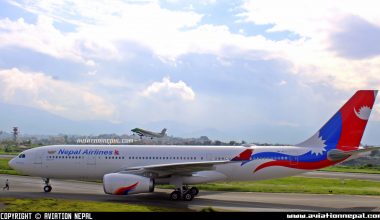
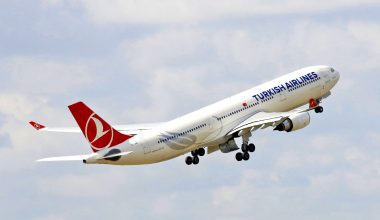
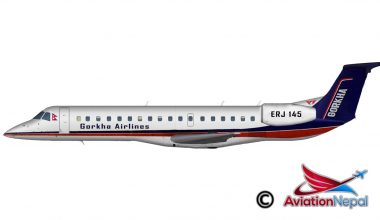
Comments are closed.